Written by Jessica Graybill
Many people have become so accustomed to functional ceramics that we encounter in our daily lives, often made on an assembly line with minimal decoration (or mass produced with decals) that it’s easy to forget that pottery is a true art form – one that has been perfected over centuries by expert Italian artisans who have passed the first-hand knowledge along to their protégés generation after generation. Our ceramics are all completely handmade and hand painted in Italy from start to finish, and the artists make an actual living from their creations (as they should – art is skilled labor!). Italian ceramics are functional pieces of art; you get to enjoy your coffee from one work of art each morning and eat your dinner from another every night.
Not all ceramics are functional, or rather, sometimes the function is just to be beautiful. Many of our largest platters serve this purpose, often hung on walls to display like a painting, rather than used for serving; though all of our pottery is food-safe. The Della Robbias are another great example of beauty as the primary function of the piece. We’ve discussed the history of these lovely works of art before; they are a captivating marriage of painting and sculpture, one even the most secular among us can appreciate. When you find yourself meandering through the winding roads of Florence, look up! You’ll see beautiful examples of Della Robbias embedded in the walls, most of which were put in place during the 1400s and 1500s.

When meandering through the streets of Italy, don’t forget to look up! You might find some treasures embedded in the walls.
We often field questions about the costs of some of our pieces, which can be surprising to some of our customers (though we do have options at every price point and we’re always happy to point them out). Italian ceramics are a luxury item, and they are worth every penny. I can’t think of a better way to start my day than sipping my favorite coffee from my favorite handmade mug; and knowing that the mug began as a ball of clay in the hands of an artist who makes a living from their talent makes it that much better!
In this video from one of our Tuscan factories, we see a pot take shape before our very eyes!
One of the first steps of creating a ceramic piece is shaping the clay. This can take place on a wheel, as in the video above, or it can take shape in the potter’s hands, as in the case of hand-building (also known as a pinch pot technique). It takes incredible patience, skill, and strength to shape such a large mass of clay on a wheel – potters make it look so easy, but if you’ve ever taken a ceramics class, you’ll know it takes years of dedicated practice to get to this point!
Once the initial shape is perfected, it is left to dry til it reaches a state called “bone dry” or “greenware”. At this point it’s loaded into the kiln, baked at temperatures reaching 2000 degrees or more, and then slowly cooled over a period of several days til the piece, now called “bisqueware”, is cool enough to be be handled again. Once it reaches this stage, it’s ready for its paint job. Traditional majolica is first dipped into an opaque white glaze onto which an artist paints the design with colored stains and glazes. Sometimes the design is first lightly sketched with pencil, and sometimes it is free-handed. This step in the process is equally mesmerizing to witness:
In the above video, we see an artist skillfully free-handing details on a vase. The glazes are combinations of various minerals suspended in water, and sometimes they look nothing like the color that comes out of the final firing. When the painting is finished, the piece is then put back in the kiln and fired up again where the high temperatures vitrify the glazes and bring out the true colors of the minerals. When the kiln finally cools again, we have our final product – a beautiful union of science and art that produces durable, functional, beautiful items that can last a lifetime with the proper care. If you ever get the chance to visit a ceramics studio in person, don’t pass up the opportunity! The ability to take what is essentially mud, and transform it into something beautiful, is nothing short of magic.



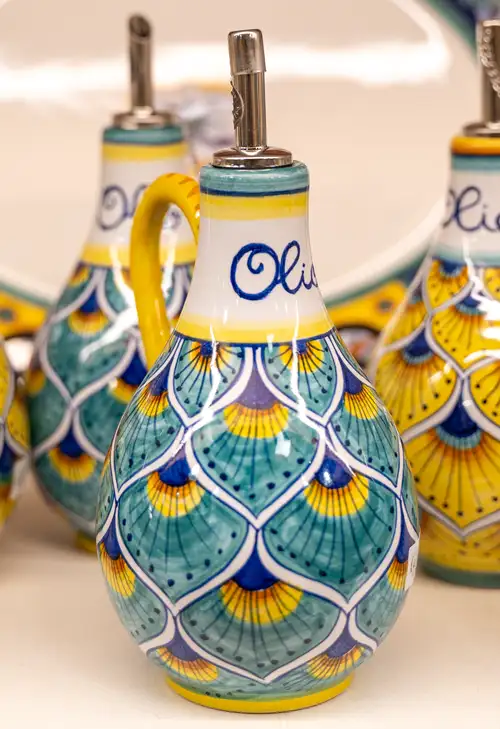


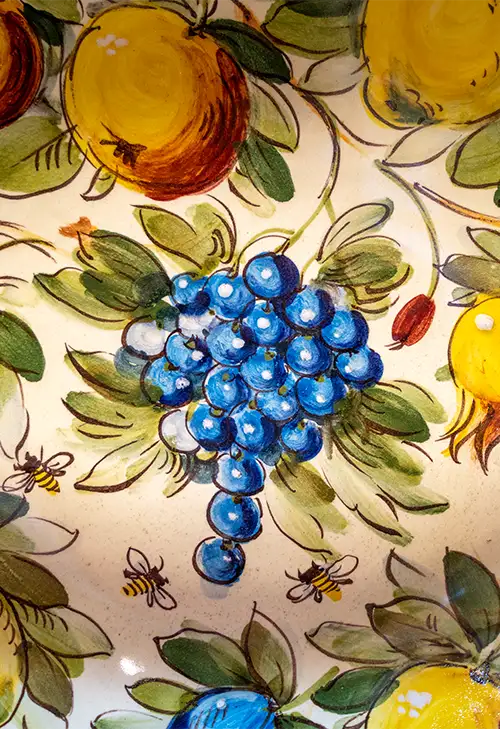
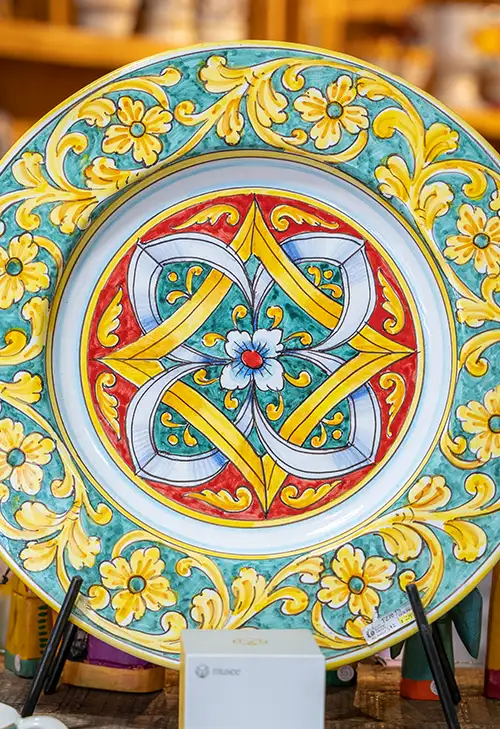

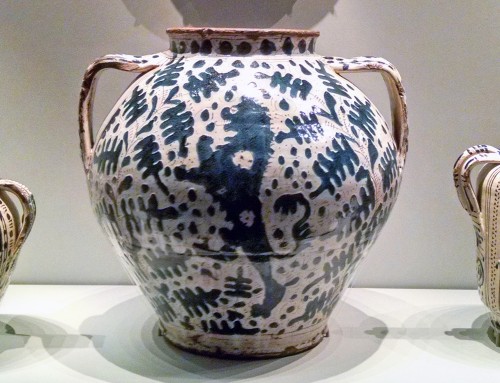
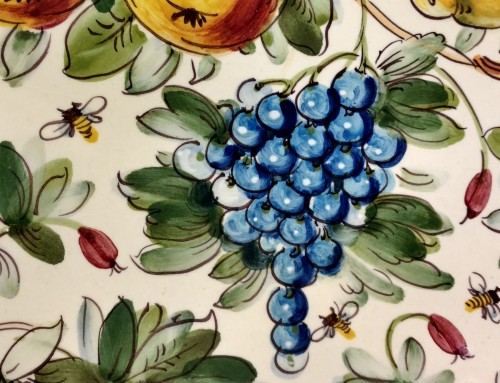

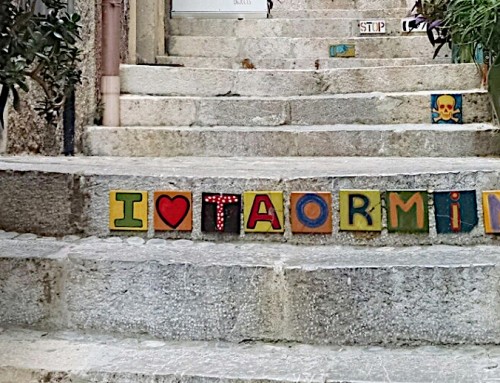





Leave A Comment
You must be logged in to post a comment.